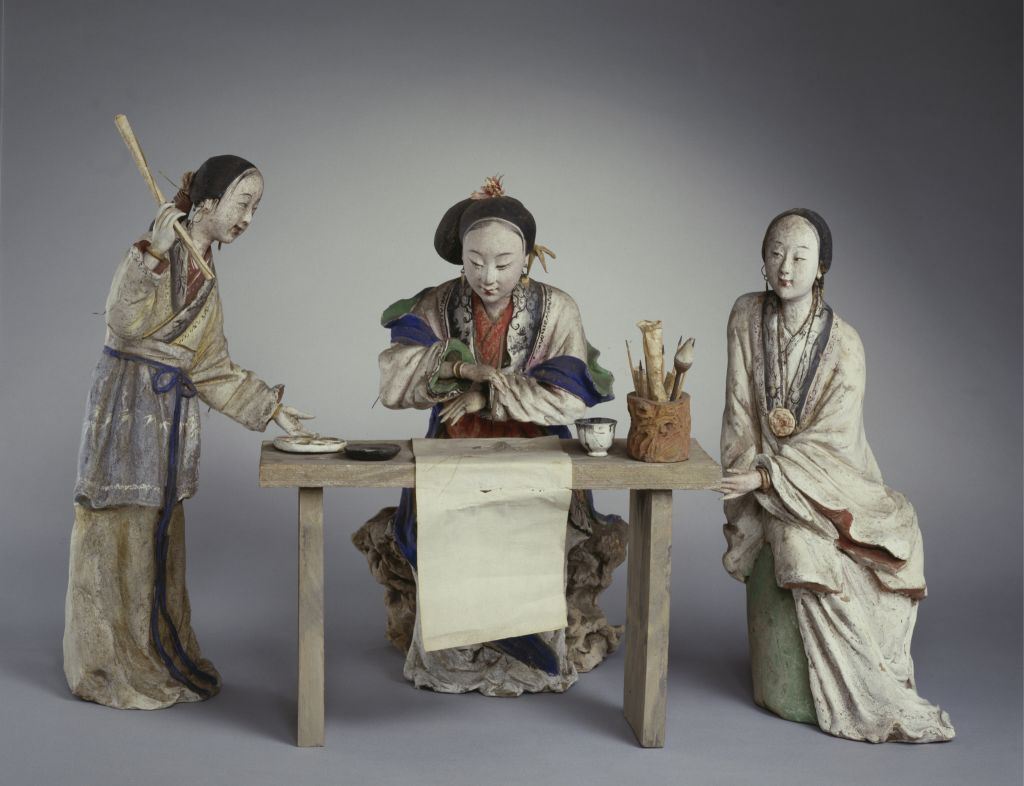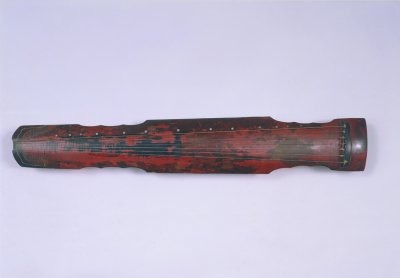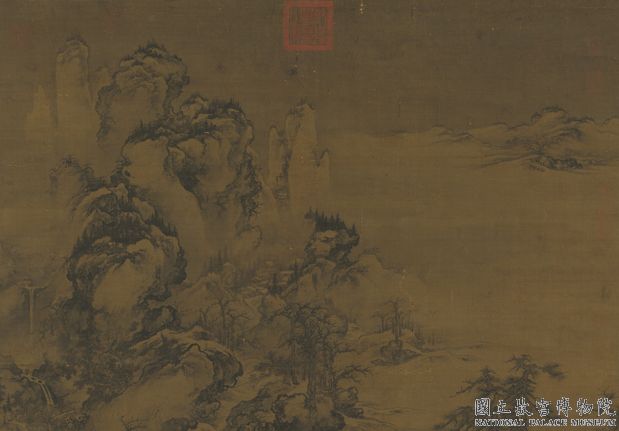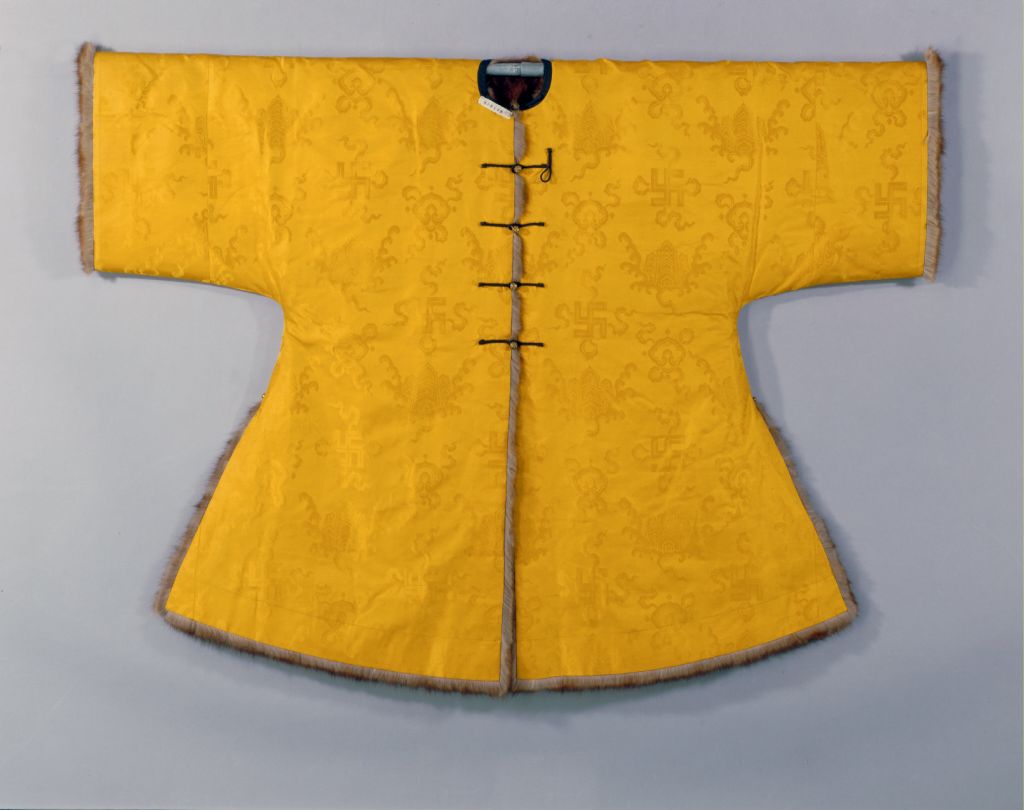[Axis of Emperor Daoguang’s Traveling Music]
Axis of Emperor Daoguang’s Traveling Music, Qing Daoguang, paper based, colored, 111 centimeters vertically and 294.5 centimeters horizontally
The Emperor Daoguang of the Xuanzong Emperor of the Qing Dynasty showed a resolute and courageous side in times of trouble as his son. In those days, when the Emperor Jiaqing was not in the palace (in the summer resort), Tenrikyo Lin Qing led the uprising army to attack the Forbidden City. When the palace was in a state of panic, Minning, then only 16 years old, took the lead and raised a gun to shoot the insurgents, organizing effective resistance. The insurgents were always blocked from the Qianqing Gate Square outside the Qianqing Gate until the elite soldiers of the Eight Banners Jianrui Camp arrived at the Forbidden City to clear the siege. Minning’s outstanding performance has won important weight for his inheritance from the Communist Party
The Emperor Daoguang was at a critical moment in history, but he “kept his routine without knowing its changes.”. He has been in office for 30 years, strictly abiding by the ancestral system, diligent in governance, and striving for thrift. However, the opium poisoning from the Southeast Sea made him restless and finally determined to strictly ban smoking. In the early 19th year of the Daoguang reign (1839), Emperor Daoguang appointed Lin Zexu as the imperial envoy and banned smoking in Guangdong. Humen’s destructed opium has also triggered tensions between China and the UK. In June of the 20th year of the Daoguang reign (1840), the British expeditionary army arrived at the sea level of China, and the Opium War broke out. On August 29th, the 22nd year of Daoguang’s reign (1842), the Qing government and Britain signed the first unequal treaty in modern Chinese history, the Treaty of Nanjing, which reduced China to a semi colonial society
This stamp is stamped with “Shende Tangbao”, “Daoguang”, and “Rijin Wujiang”
This picture was painted by a court painter and represents the style of court painting in the late Qing Dynasty. It depicts the scene of the Emperor Daoguang of the Qing Dynasty happily gathering with the princes and princesses. The scene should be called the Yuanmingyuan. The Emperor Daoguang in the painting has an elegant demeanor, holding a snuff bottle and sitting in the pavilion of “Cheng Xin Zheng Xing”, lovingly watching his children play. In the pavilion of “Fangrunxuan”, the fourth son of the emperor, Yi Ф, was later Emperor Xianfeng, and the sixth son of the emperor, Yi Xin, was later Prince Gong, who was proficient in westernization. They were reading under the gaze of their father. Huang Qizi Yi, Huang Bazi Yi, and Huang Jiuzi Yi, who were flying kites, were still young, and Huang Qizi Yi was the grandfather of the later Xuantong Emperor Pu Yi. The two princesses in the painting are Princess Shou’an Gulun, the fourth daughter of Emperor Daoguang, and Princess Shouen Gulun, the sixth daughter of Emperor Daoguang
This picture has important historical value for studying the life of the late Qing court
![图片[1]-Emperor Daoguang’s Joy Map Axis-China Archive](https://chinaarchive.net/Warring States period/painting/s6305d1fb62365.jpg)
![[Qing Dynasty] British female painter—Elizabeth Keith, using woodblock prints to record China from the late Qing Dynasty to the early Republic of China—1915-China Archive](https://chinaarchive.net/wp-content/uploads/2022/11/image-191x300.png)




